Drakengard 3, also known as Drag-On Dragoon 3 in Japan, is a masterpiece of a game.
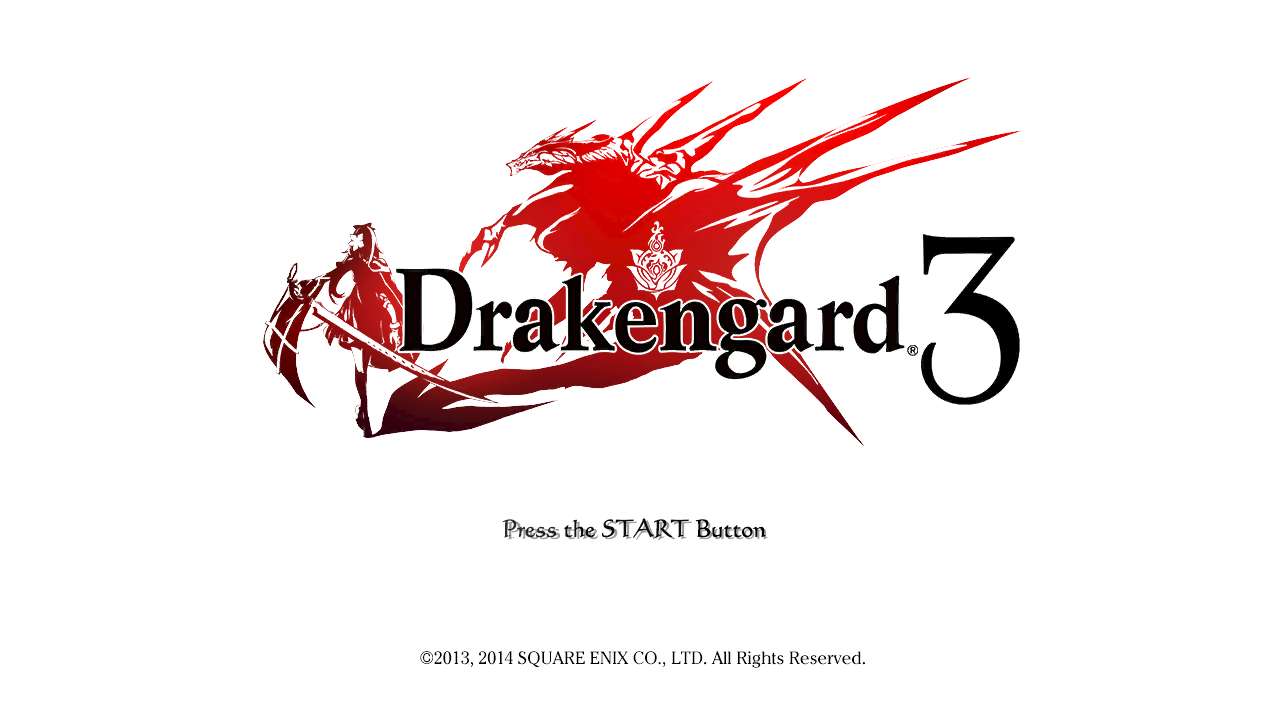 Hey, this kinda looks familiar…
Hey, this kinda looks familiar…
Actually, it was a terrible game when it was shipped out on the Playstation 3 nearly ten years ago. Standing in an area with no enemies nets you a whopping 25 frames per second; this number, somehow, plummets as soon as you engage in combat. The gameplay is sluggish and repetitive, and there isn’t too much variation in enemy design. Metacritic gives it a 61 out of 100.
But it’s really, really good. Trust me, guys.
Drakengard 3 is the third in the overall Drakengard series, directed by Yoko Taro. You might know him as the guy that created NieR:Automata, which yanked him and his games out of cult classics and into the mainstream. I suspect that a majority of the people that played Automata aren’t aware of the other games he’s done, which is both okay and a shame, because if they liked Automata, which is chronologically last in the current story, they’re liable to like his other games.
Drakengard 3, meanwhile, is chronologically the first. The universes of NieR and Drakengard are entwined, though they are separate entities; the world of NieR cannot exist without the world of Drakengard. You don’t need to play NieR to understand Drakengard and vice versa, but most people that fall down the “Drakenier” rabbit hole end up doing so regardless. Don’t forget all of the side-content in the form of novellas, manga, and stage plays!
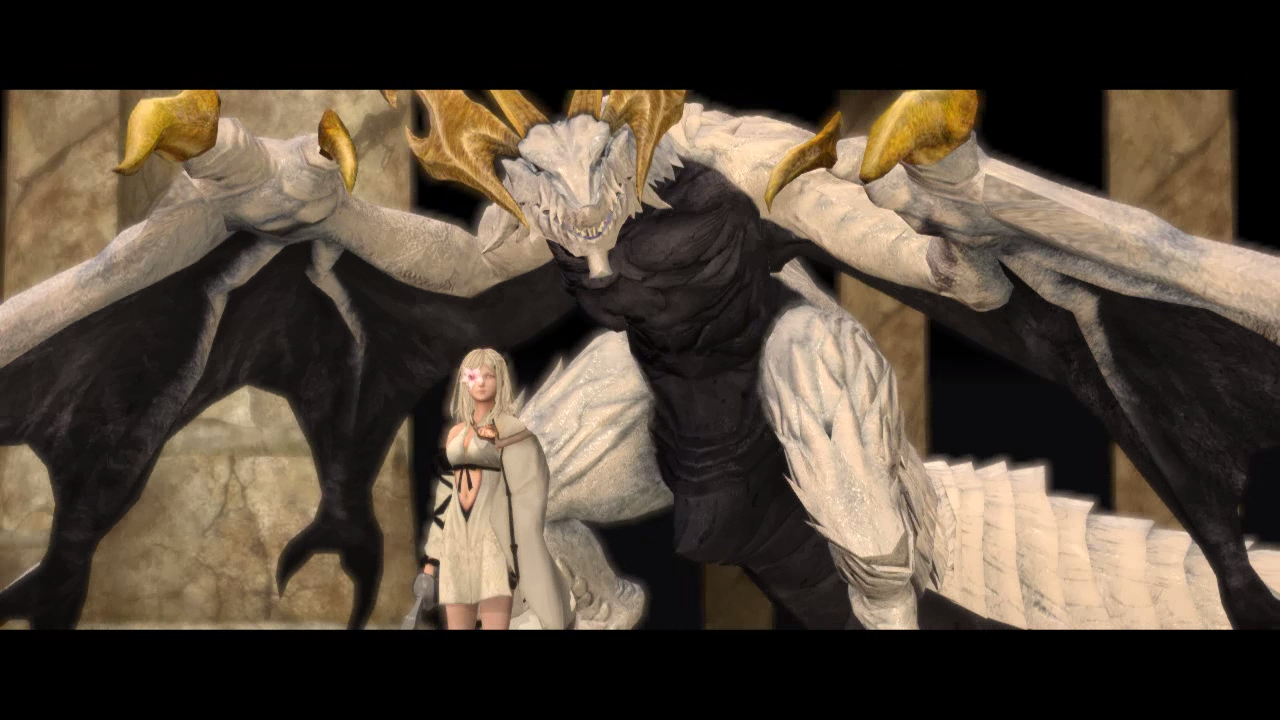 Mikhail may look super scary. He’s anything but. For the most part.
Mikhail may look super scary. He’s anything but. For the most part.
Despite the “3” tacked onto the end, Drakengard 3 is a prequel. We follow the story of Zero, a woman partnering with a dragon named Mikhail in order to kill her five sisters. Each sister is a powerful being called an “Intoner”, which derive their abilities through song. Her story unfolds over the course of four “branches” (endings) in the story. Ending A is the standard, base ending that one would expect from this sort of game (though, actually…); the other endings, B through D, are unique, and to tell of them is to spoil the “gimmick” of them. Though Ending D is the last entry in the game itself, the “canonical” ending (that leads into Drakengard) is Ending E, only available through a novella.
I can’t really say too much about this game without spoilers, and it’s best if you go in as blind as you can for the full effect. If you’ve played another Yoko Taro game, you’ll understand what I mean when I say that it’s better to go in with no preconceptions of what may happen.
Also, the music is really, really good. As expected from a game focused on the power of song!
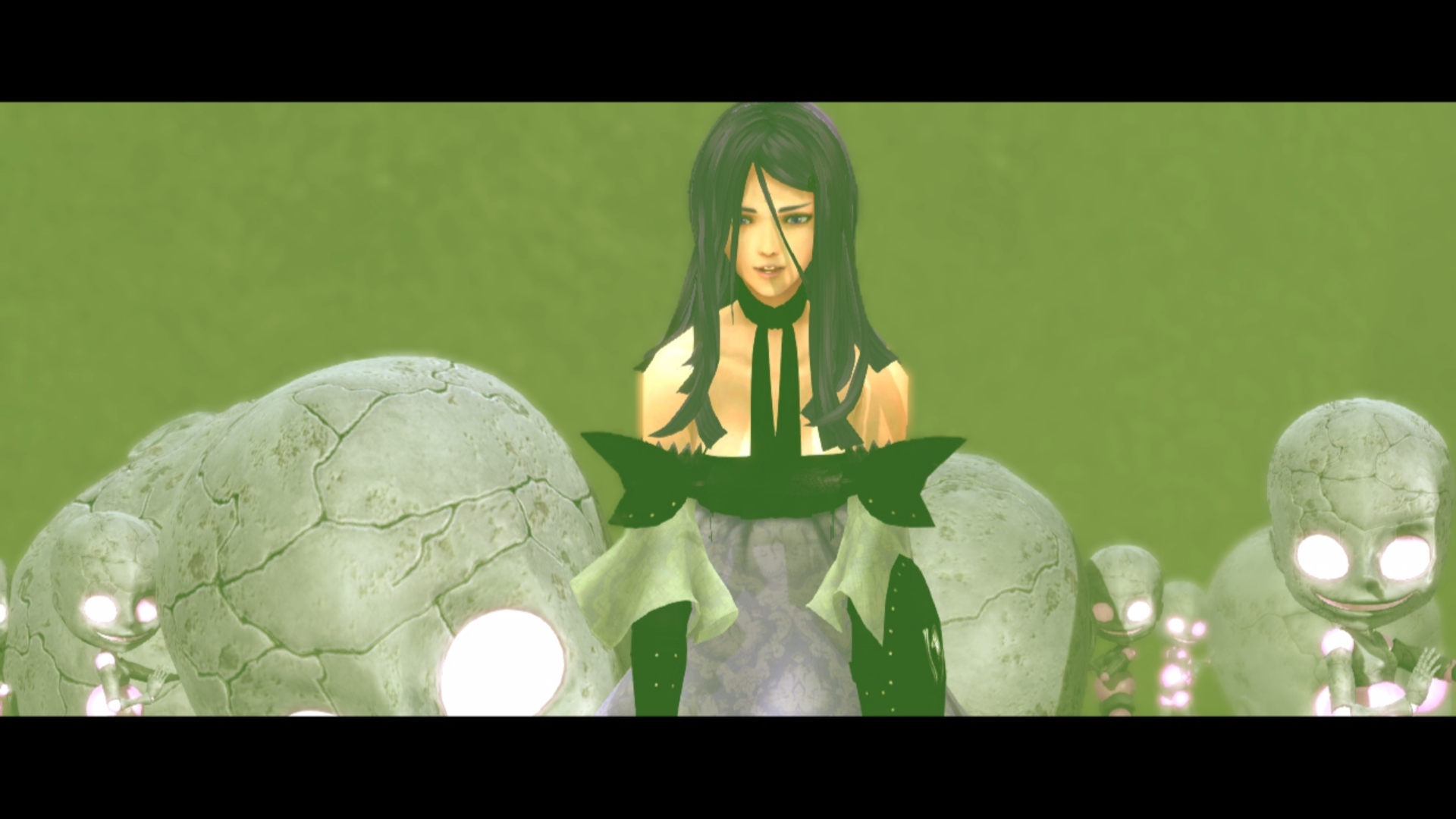 Three, one of Zero’s sisters, likes her dolls a little too much.
Three, one of Zero’s sisters, likes her dolls a little too much.
The gameplay itself is rather simple. If you’ve played a Warriors (Musou) game, the style is similar, in so far that it’s a hack-and-slash and you have to go through maps to complete an objective. In between missions, you can purchase and upgrade weapons, set your two Disciples for the upcoming battle, or select sidequests given by a shopkeep named “Accord”. There are four different types of weapons to choose from, and each weapon has unique combos, even when compared to a weapon of the same type. Ending D, also, has an infamous “rhythm game” as the finale, which you may have heard about (the final ending of the original Drakengard also did, which was the inspiration for Drakengard 3 as a whole).
The physical disk isn’t hard or expensive to acquire, compared to some earlier era Playstation 3 games. However, I do not recommend playing it natively if at all possible, unless you want to get so frustrated you hate it forever. Instead, you can purchase one of the disks and dump it to your PC to emulate on RPCS3. There are specific settings that you can toggle on in order to fix many of the hardware problems, like FPS issues. If you’d rather not do this (or you don’t want to deal with collecting every weapon for Ending D…), there’s also a “movie”, that compiles all the cutscenes and dialogue, including those from the DLCs.
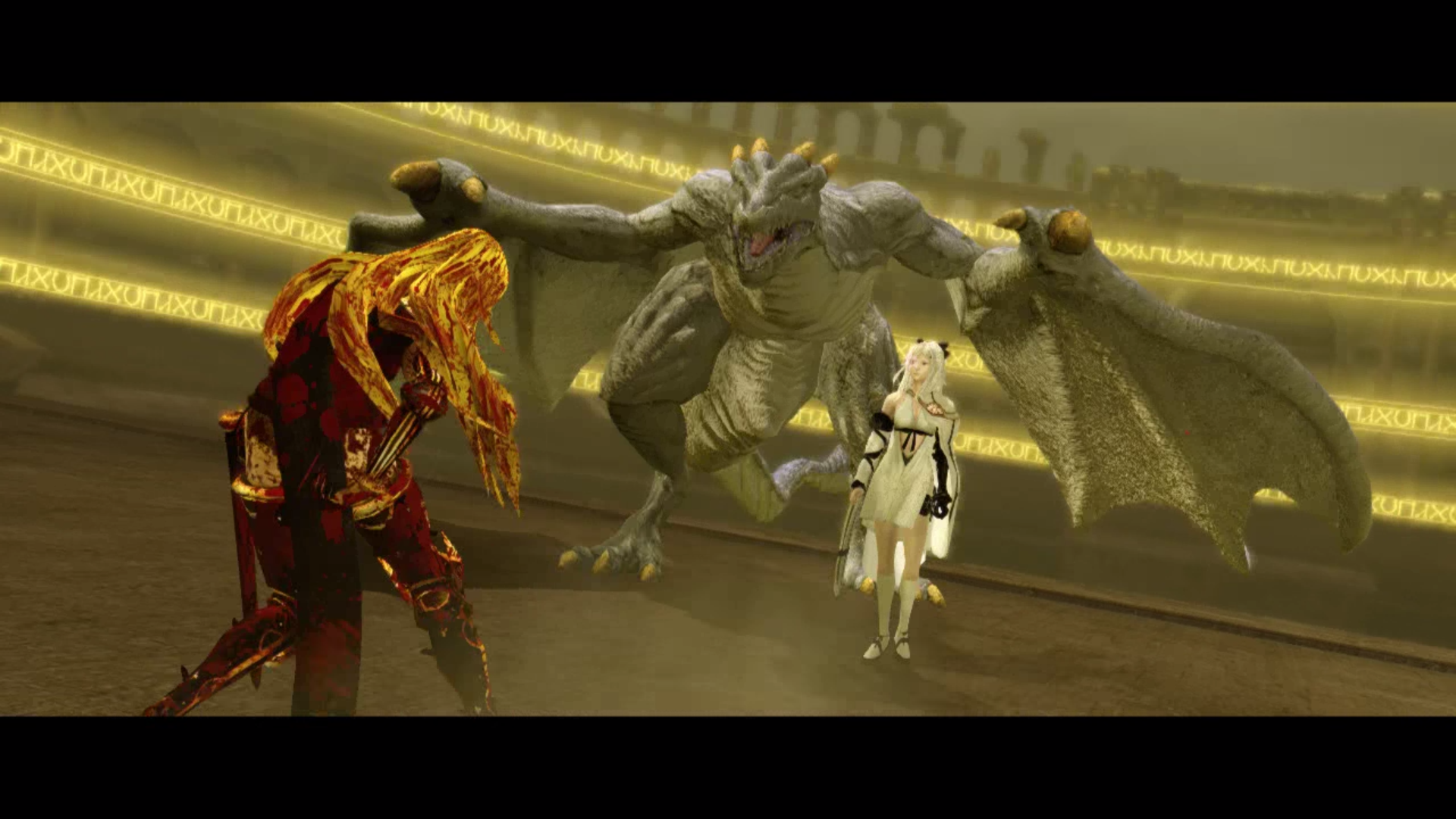 The game is pretty bloody and violent, though, as seen by Five, coated in blood.
The game is pretty bloody and violent, though, as seen by Five, coated in blood.
As I said, its anniversary is coming up, and there’s a dedicated, if small, fanbase for it still going (of which I am a part of). Some Japanese fans have put together a 10th Anniversary Countdown Celebration: “Evil Flower Bloomed on the Tenth”, which accepts fanworks of all kinds–from fanart to fanfiction to videos, you can sign up to submit your works and get a bundled copy of everything in December. If you can’t read Japanese, they have kindly created a Tumblr with English translations.
Sign-ups for the countdown celebration end on September 5th, though it’s unclear whether or not that’s Japan Standard Time. (It most likely is!)
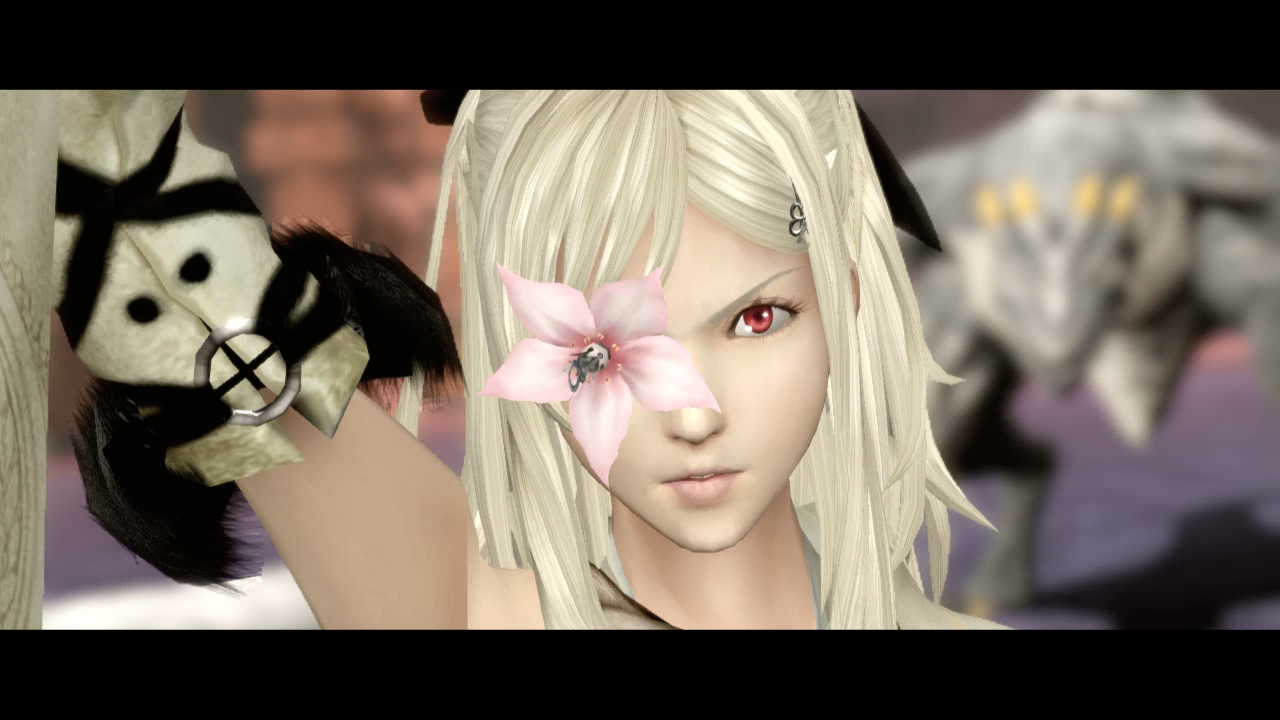 Is the Flower really evil?
Is the Flower really evil?
Personally… This is my absolute favorite game. If you want to get to know me without having to talk to me, I urge you to play this game, especially if you’re a fan of NieR:Automata or other Yoko Taro games. The story is gorgeous and heartfelt, and though the humor may be crude at times (especially in Branch A), underneath it all is a story about what it means to live, the reasons for wanting to do so, and seeking salvation regardless. The story deals with heavy topics and is generally not for the faint of heart, so please be prepared going into it.
With love, Byleth
P.S. For the FFXIV players, did you know that the final boss of the third NieR raid is one giant reference to Zero herself, more so than to Kainé, of Replicant/Gestalt, or 2B/A2, of Automata? And the angelic script…
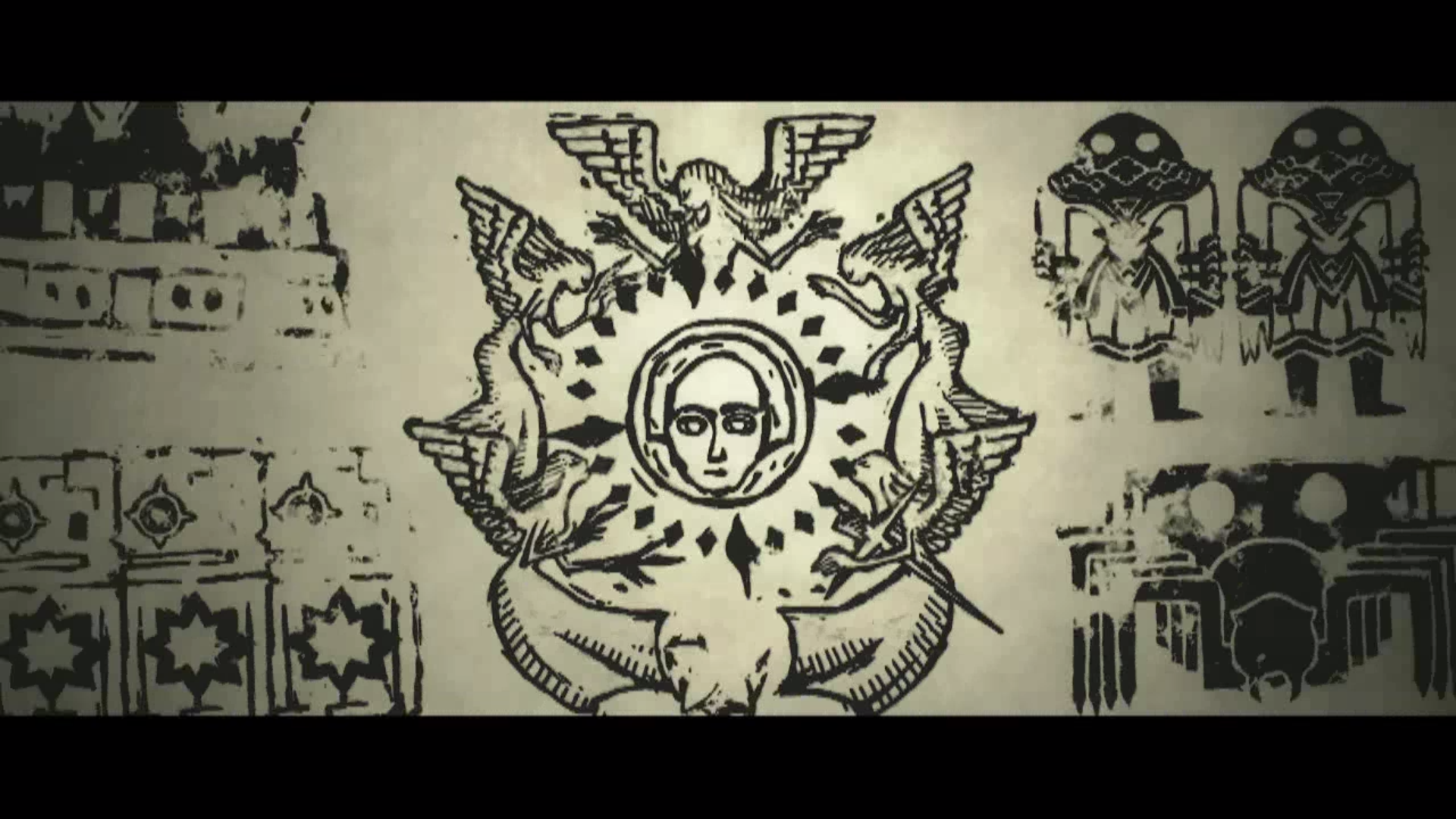 I wonder if there’s any relation…
I wonder if there’s any relation…
Comments